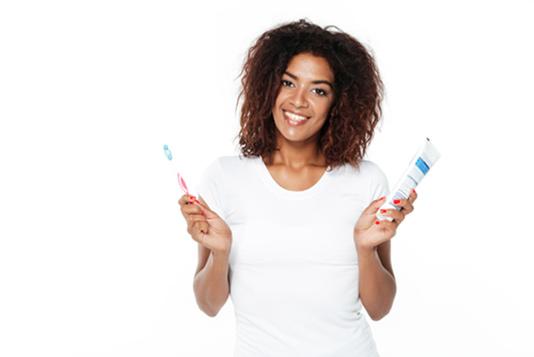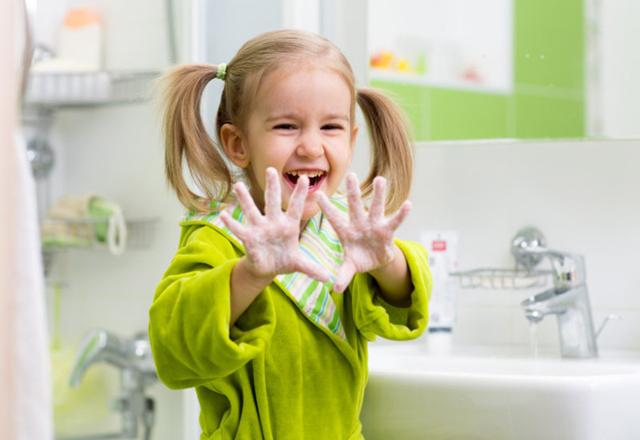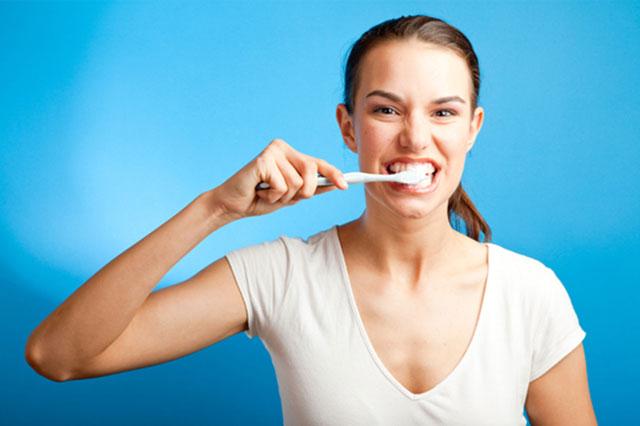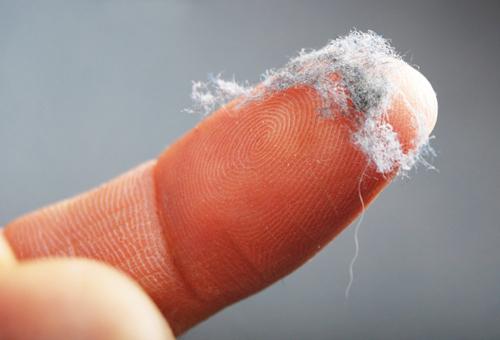You are here
Women’s exposure to triclosan may increase their osteoporosis risk
By Agencies - Jun 29,2019 - Last updated at Jun 29,2019

Photo courtesy of wordpress.com
An ingredient commonly used to kill bacteria in toothpaste and hand sanitiser could put people at greater risk of bone disease, new research has found.
Women exposed to triclosan, a chemical often found in soaps and hand sanitisers, may be more likely to develop osteoporosis than women who do not have this exposure, a new study suggests.
Triclosan has been widely used for years as an antimicrobial agent in consumer goods and personal care products including soaps, hand sanitizers, toothpaste and mouthwash, researchers note in the Journal of Clinical Endocrinology & Metabolism.
While the exact effect of the chemical on human health is not clear, some previous research suggests that triclosan may interfere with thyroid and reproductive hormones.
Triclosan has also been shown to impact bone health in animals, but less is known about the potential for this chemical to contribute to weak, brittle bones in people, said Yingjun Li of Hangzhou Medical College School of Public Health in China.
For the current study, Li and colleagues examined data on 1,848 women in the US and found that those with the highest levels of triclosan in their urine were two-and-a-half times as likely to have osteoporosis as women with the lowest triclosan levels.
“Triclosan exposure may be a risk factor for lower bone mineral density and osteoporosis,” Li said by e-mail. “The evidence was stronger in postmenopausal women than in premenopausal women.”
In women, reduced estrogen production during menopause and afterward can slow production of new bone tissues. Over time, this process increases their risk of osteoporosis.
About 30 per cent of postmenopausal women in the US have osteoporosis, and four in 10 of them will experience a bone fracture, the authors note.
The study was not a controlled experiment designed to prove whether or how triclosan might directly cause osteoporosis.
But it is possible that triclosan exposure could trigger changes in the production of thyroid hormones and estrogen that interrupt normal skeletal development and maintenance of healthy bones as women age, Li said.
“Triclosan could lead to lower bone mineral density and increased prevalence of osteoporosis,” Li said.
Even though more research is needed to prove whether triclosan directly causes osteoporosis, it still makes sense to avoid using products that contain the chemical, said Luz Claudio, an environmental medicine and public health researcher at the Icahn School of Medicine at Mount Sinai in New York City.
“Luckily, triclosan is rapidly excreted from the body after exposure, so in theory, it should be possible to reduce the amount of it we have on our bodies by avoiding continuous exposure,” Claudio, who was not involved in the study, said by e-mail.
“People who are concerned can avoid products that contain triclosan by reading the labels,” Claudio advised.
Washing with regular soap and water, for example, can help fight germs just as well as using antibacterial cleaning products and avoid exposure to triclosan, Claudio said.
But consumers do need to read the labels because triclosan is in a lot of cosmetics and personal care items that are not necessarily marketed as antibacterial products.
“If a product contains triclosan, this should be listed on the label,” Claudio said.
In 2016, the US Food and Drug Administration limited the use of triclosan in some products as it was not proven to be safe for long-term use.
In April, the FDA banned its use in over-the-counter hand sanitisers in the United States, though it is still found in other products.
Past studies assessing its use in toothpaste suggested it was safe, but said more research was needed.
Related Articles
Girls who are exposed before birth to chemicals commonly found in toothpaste, makeup, soap and other personal care products may hit puberty
Triclosan, an antimicrobial agent found in toys, toothpaste, cosmetics and more than 2,000 other consumer products, has been found to wreak
Slowing the rise of antibiotic-resistant “superbugs” may take more than just curbing overuse of antibiotics or eliminating antimicrobial che

















